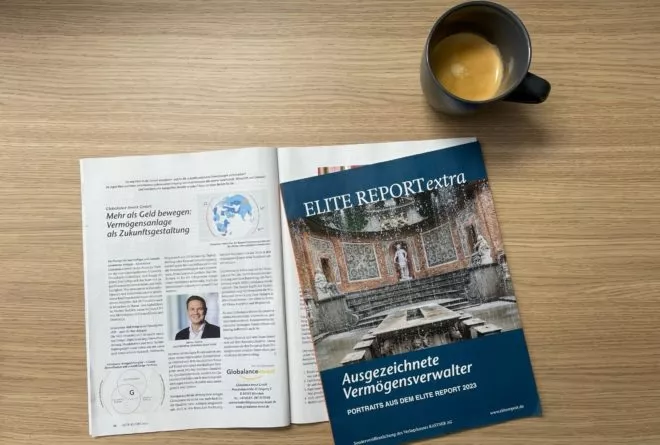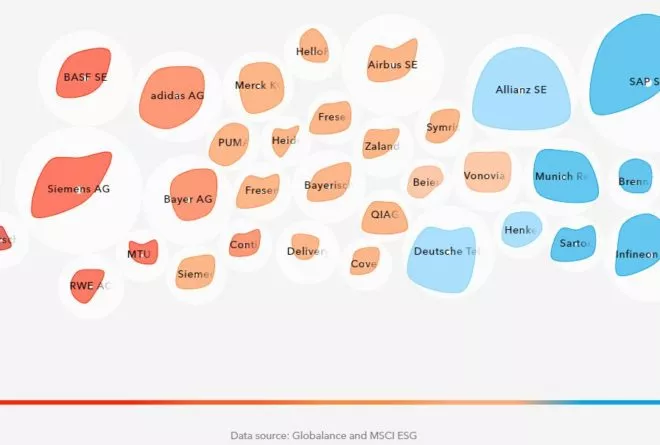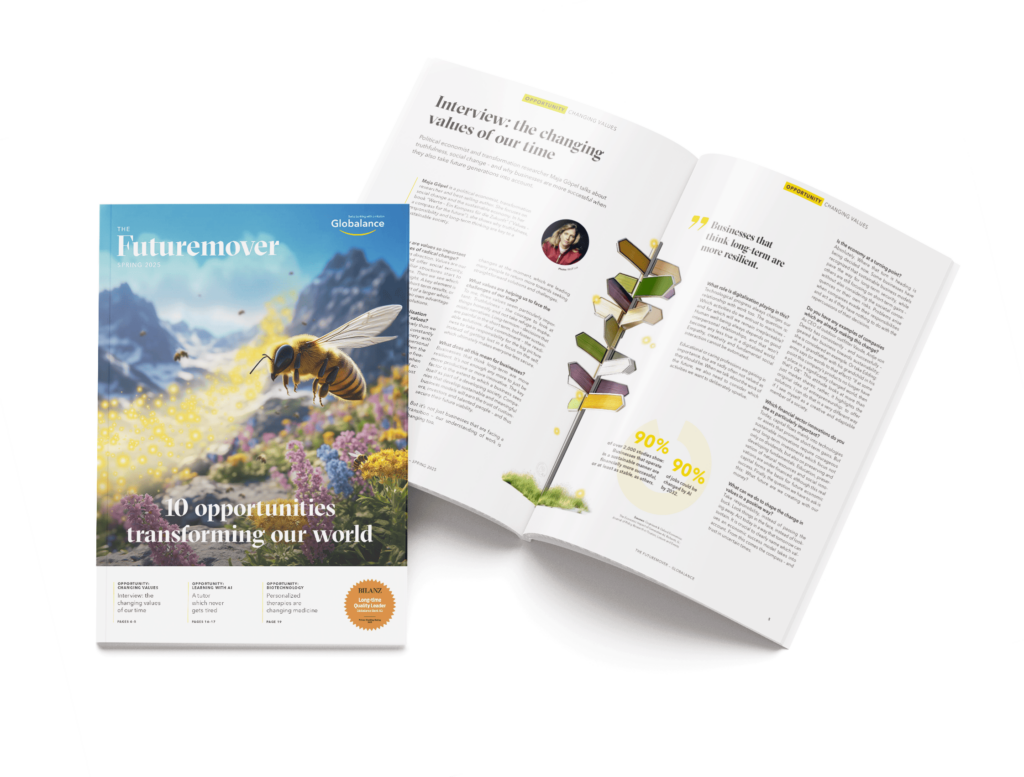News & Trends
We Are Shaping the Cities of Tomorrow Today
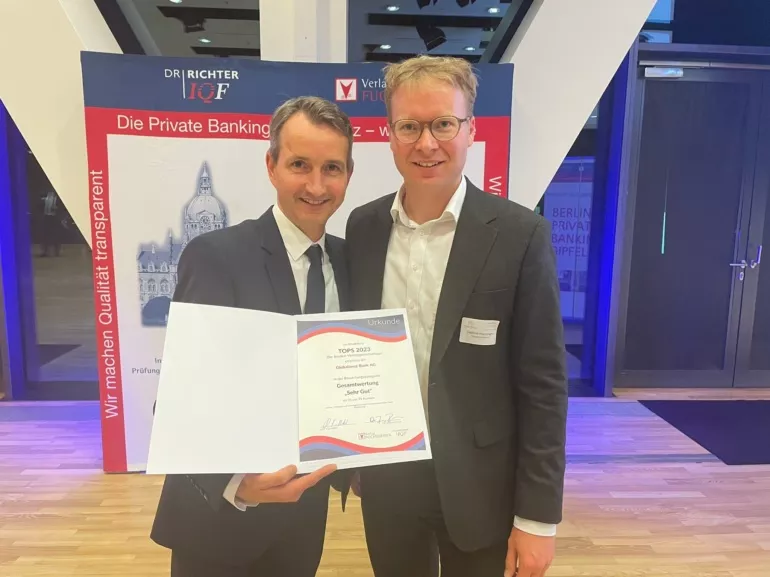
HOW CAN WE CREATE MORE SUSTAINABLE AND HABITABLE CITIES? — For the longest time, the challenge for cities has been to promote the complex coexistence of different social backgrounds and structures, but the “melting pots” of tomorrow will have to meet far more requirements.
The total area of all cities covers just two percent of the globe — a fraction, you might think. Making the influence such a fraction can have all the more astonishing. Our cities generate over 80 percent of the global economic output, consume 75 percent of the world’s energy and produce 80 percent of all CO2 emissions. One in two people already lives in a city today and as many as 70 percent of the world’s population will call urbanised areas home by 2050. But let’s look at it positively: cities provide great leverage for more sustainable development
Opportunities upon Opportunities
We already encounter combined mobility in the cities of this world today — we use a wide variety of means of transport to suit our personal (sustainability) taste and the list of choices is getting longer and longer. A number of cities have also recently been given a green lick of paint. Smart concepts combine nature and technology. Resulting in planted façades that regulate the temperature and improve the air quality, and smart surfaces that generate energy. Basically, new technical possibilities will significantly reduce energy consumption and a smart grid will intelligently redistribute the excess energy produced by houses. We are also getting more and more sophisticated sharing offers that declare war on ownership and particularly appeal to the “connected” generations. It will also be this very networking that will increasingly make us citizens active co-designers of big cities.
Smart concepts combine nature and technology.
Quality of Life Meets Sustainability
The Japanese electronics company Panasonic is pioneering Sustainable Smart Towns (SST). It already completed its third project this year in Suita (northern suburb of Osaka). It is promoting multigenerational living, modernising healthcare using AI and rethinking mobility on a 23,000 square metre site — roughly equivalent to three football pitches. Maximising the use of renewable energy is one of the most important principles underlying how all three SSTs are run. Suita even wants to become Japan’s first urban settlement that gets 100 percent of its electricity from renewable energy sources. Still in the “test run” phase today, the SST programme could soon serve as a transnational blueprint.
A Reality Check as a Wake-Up Call
But while visionary cities have made breakthroughs in recent years, some are still plodding along the environmentally damaging path of growth, repeating familiar failures. To change course, the World Resources Institute tackled the painful subject head on and published the “Seven Transformations for More Equitable and Sustainable Cities” report in 2021. The project over several years highlights seven critical urban transformations in the areas of infrastructure design and delivery, basic supply, data collection, urban employment, finance, land management and governance. The report is based on innovative research that focuses on real people’s experiences. A reality check as a wake-up call and guide.
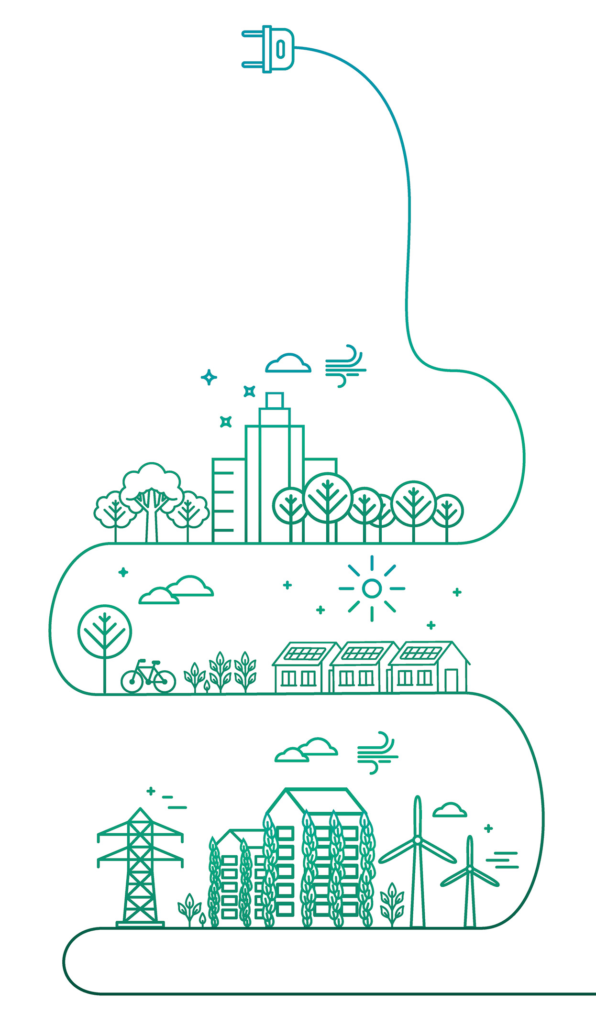
Borderless Solidarity — Solving Global Challenges Globally
Knowing that people have more pull when they join forces, a group of mayors from almost 100 cities teamed up to form the “C40” network, which spans all continents from Los Angeles to Lima, Nairobi, Madrid, Mumbai, Yokohama and Auckland. The promising thing about it: the member cities all earn their membership through action. This is because C40 works primarily on performance-based requirements, not membership fees. The C40 Leadership Standards for 2021-2024 ensure that member cities are on track for a carbon-free future. Other working groups were set up this year. Among others, the “Global Mayors Task Force on Climate and Migration”, which deals with the impact of the climate crisis on migration in cities. Another ray of hope was the announcement at the UN Climate Change Conference in Glasgow that more than 1,000 cities and municipalities from all over the world have joined the “Cities Race to Zero” and pledged to limit the global temperature increase to 1.5 °C. As we are already shaping the cities of tomorrow today.
For more insights on megatrends, please find the latest edition of our magazine ”futuremover”.

